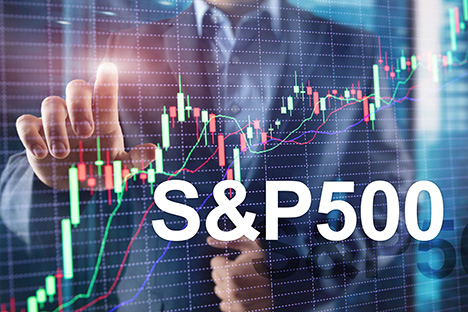This week, I’m putting the entire market – the S&P 500 – through The Value Meter.
Up about 14% for the year as I write, on the surface, the S&P 500 is having a terrific year.

On closer inspection, however, there’s more going on here than the performance of the index would have you believe.
While the index is up about 14%, most of the stocks in the S&P 500 have not had a great 2023.
Instead, the entire index is being carried by just a few stocks.
I will refer to them as the “Big Seven” of large technology stocks.
The Big Seven consists of Alphabet (Nasdaq: GOOG), Amazon (Nasdaq: AMZN), Apple (Nasdaq: AAPL), Meta Platforms (Nasdaq: META), Microsoft (Nasdaq: MSFT), Nvidia (Nasdaq: NVDA) and Tesla (Nasdaq: TSLA).
On average, the Big Seven is up an incredible 82% this year!

The “worst” performer of the group is Microsoft, which is still up 32%. That’s more than double the S&P 500’s 14% increase.
The S&P 500 Is Not an Equally Weighted Index
Remember, the S&P 500 is a market capitalization-weighted index.
This means a company with a larger market cap makes up a larger share of the S&P 500 than a company with a smaller market cap.
Apple is the largest company in the S&P 500, and it represents more than 7% of the index all by itself. That is 10 times the weighting of the 20th-largest company in the index, 33 times the weighting of the 100th company and 700 times the weighting of the 500th company.
So the S&P 500 is not as diversified as you may have thought it was.
With the Big Seven all carrying mammoth-sized market capitalizations, this group has an outsize influence on the performance of the S&P 500.
After seeing their market capitalizations soar this year, the Big Seven now make up 26.92% of the S&P 500.
That means 26.92% of the S&P 500 is controlled by the Big Seven and the remaining 73.08% is represented by the other 493 companies in the index.
In 2023, the Big Seven – which are up 82% on average – account for almost the entire 14% increase in the S&P 500 this year.
The other 493 stocks in the S&P 500 have gone basically nowhere over the last 12 months.
The ProShares S&P 500 ex-Technology ETF (NYSE: SPXT), which excludes the Big Seven and other technology stocks, has gone nowhere year over year and is up marginally year to date.

If the Big Seven Are Expensive, the S&P 500 Is Expensive
After a blowout 2023 so far, the Big Seven and the technology sector in general have become rather expensive.
Currently, the forward price-to-earnings ratio for the technology companies in the S&P 500 is 27.6.
That’s a more than 50% premium to the 17.9 times forward earnings that the technology sector has traded at on average over the past 20 years.
The expensive technology sector is also making the overall S&P 500 expensive.
Currently, the entire S&P 500 trades at 19.1 times forward earnings, which is a 23% premium to the 20-year average of 15.5.
Interestingly, J.P. Morgan just suggested that this is the kind of valuation we should expect over the next five years and that the S&P 500 will average an annualized return of just 5% per year.
That’s a little more than half of what we have come to expect from the market over the long term.
Thanks to the roaring increase in the valuations of the Big Seven and their huge weighting in the index, The Value Meter currently gives the S&P 500 a rating of “Slightly Overvalued.”

The good news is that there are lots of well-priced companies outside of the Big Seven and I’ll keep working to bring them to you here at The Value Meter.
If you have a stock that you’d like to have rated by The Value Meter, leave the ticker symbol in the comments section below.
